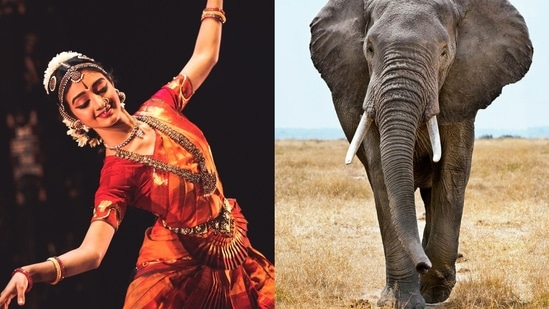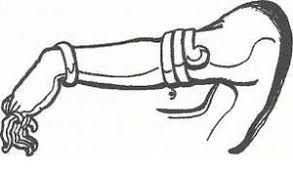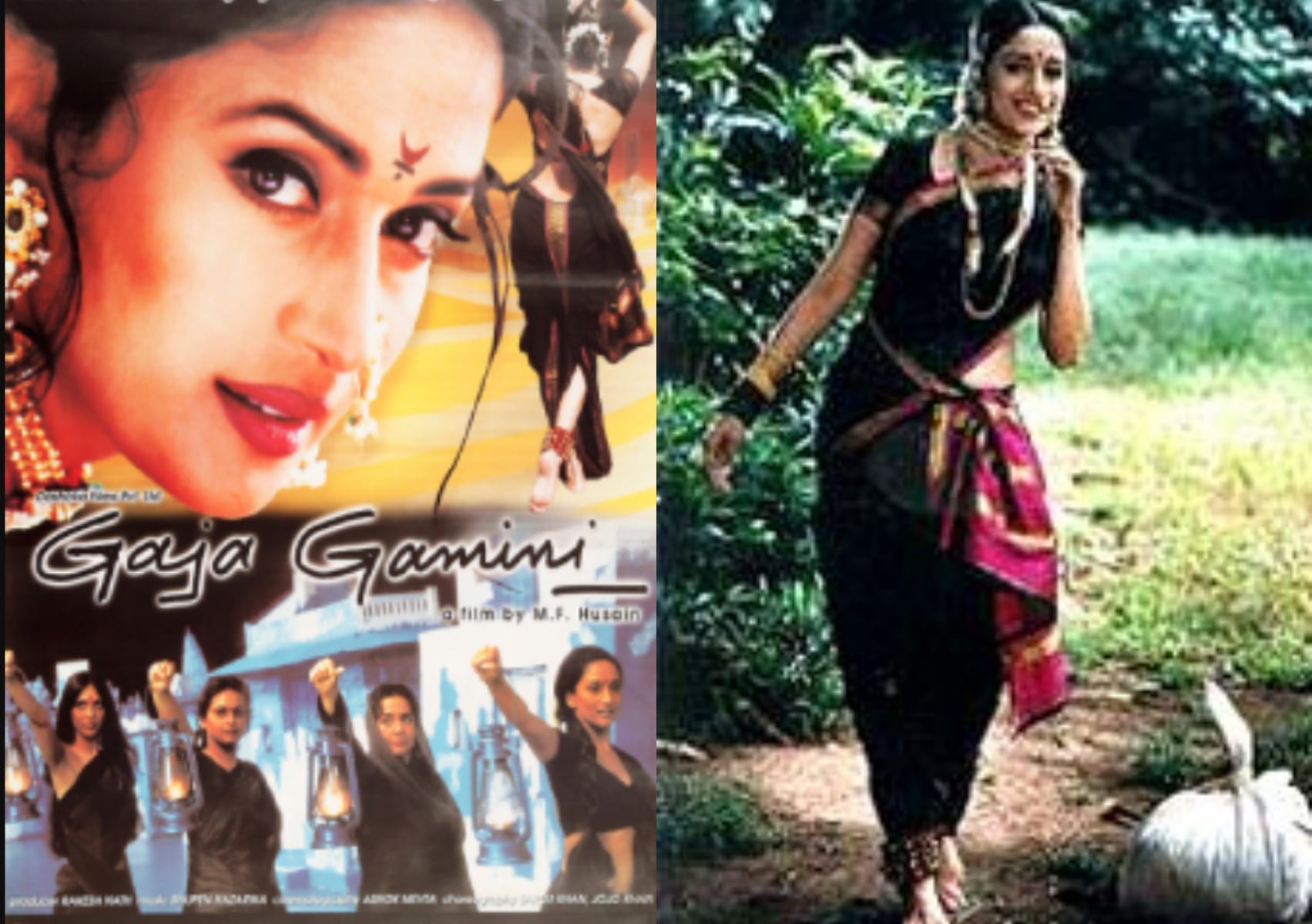World Elephant Day: Exploring the relationship between Indian classical dance and the metaphorical elephant in the room
On World Elephant Day, we are delving into the fascinating connection between Indian classical dance and the metaphorical representation of the mighty elephant
When Sanjay Leela Bhansali released his web series Heeramandi: The Diamond Bazaar, one particular scene captured the imagination of audiences everywhere: Aditi Rao Hydari’s mesmerising ‘gajagamini’ walk. This graceful yet powerful movement emulating the gait of an elephant, quickly took over social media feeds. The walk symbolised the elegance of an elephant, reflecting a deeper connection within Indian classical dance forms where the mighty gaja (elephant) has long been revered.

On this World Elephant Day, let's delve into the fascinating relationship between Indian classical dance and the metaphorical representation of elephants, a symbol that permeates across cultural artforms in India.
The elephant’s influence on Indian dance movements
“The elephant metaphor is always used to describe anything that exudes grandeur or grace — a movement that is majestic,” says renowned Bharatanatyam dancer, Rama Vaidyanathan. “In Bharatanatyam, apart from showing Lord Ganesha who has the elephant head, there are several mythological references. One example is Kuvalayapida, the elephant demon sent by uncle Kamsa who was killed by Krishna and whose tusk was used by him as a weapon, symbolising the power that the animal is associated with. Classical composer Sadguru Tyagaraja Swami also called Lord Rama’s walk ‘samaja varagamana’ which means ‘the one with the elephant gait’.”
In Bharatanatyam, and across Indian classical dance forms, each movement carries symbolic significance. One of the traditional nrityabhinayas, known as ‘Ganesh stuti,’ pays homage to Lord Ganesha. This dance sequence is a blend of expressions and rhythmic movements that mimic the curves of an elephant’s trunk and the broad, stable stance characteristic of the mighty animal.
Another significant movement is the ‘gaja hasta mudra,’ a single-handed gesture where the palm is stretched out and downwards from the wrist, with fingers slightly bent — symbolizing the elephant’s trunk. These elements are not mere representations of the gentle giants but exist to demonstrate their roots in the cultural metaphors of Indian folklore.
“The elephant is a metaphor for many things. To depict the long arms of Krishna we compare it to the trunk of the elephant. Even Kalidasa in Ṛtusaṃhāra compared the thunderous dark clouds of the monsoons to a trumpeting herd of elephants. It’s not just Bharatanatyam; classical dance as a whole is deeply intertwined with elephants and nature,” explains Padma Shri Guru Geeta Chandran, a celebrated dancer and mentor in the Indian classical space.

The legacy of the ‘gajagamini’ walk
The ‘gajagamini’ walk, which Hydari brought to the forefront in Heeramandi: The Diamond Bazaar is another nod to the movements of a languorous elephant. While often associated with the Kama Sutra, the concept can be traced back to the epic Mahabharata, where Draupadi is described as ‘mada-gaja-gamini,’ meaning a woman who walks like an elephant in a rut. This walk, characterised by a voluptuous yet graceful sway, has inspired countless artists and poets, including the legendary Kalidasa.
Interestingly, the allure of ‘gajagamini’ extends beyond dance and literature; it has also found a place in Indian cinema. The Bollywood film Gaja Gamini (2000), written and directed by the iconic M. F. Husain, is an ode to womanhood. In the film, Madhuri Dixit embodies the essence of the ‘gaja gamini’ — a woman who walks with the grace and strength of an elephant. Through her character, the film explores the symbolic connection between the embodying feminine form and the gaja.

The influence of the elephant in Indian classical dance is a testament to the deep cultural and spiritual connections between nature and art in Indian traditions. On World Elephant Day, as we celebrate these magnificent creatures, we also honour their enduring legacy in the arts, recognising the deep imprint they have left on the cultural landscape of India.





